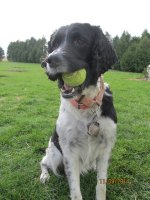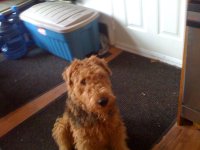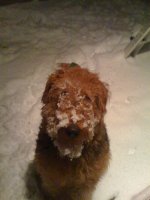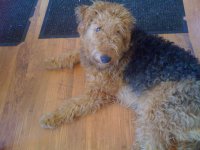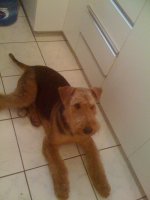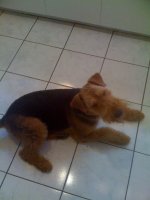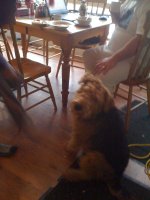Kyle_in_Tex
Super Star Member
The breed name is Leonberger named after the town Leonberg in Germany where they originated. There is no real certainty about the mix. Landseer, St Bernard and Great Pyrenees seem fairly certain. A Landseer is a black and white Newfoundland--sort of. Some now consider it a separate breed. The Leonberger breed almost died out in WWI which would be a genetic bottleneck. Here is an excerpt from the breed history:
[Heinrich] Essig eventually wrote that he crossbred a black-and-white female Landseer with a long-haired Saint Bernard that he had acquired from the Saint Bernard monastery in Switzerland. The puppies were, of course, black and white. He reportedly then crossbred these dogs for four generations, outcrossing with a yellow-and-white Saint Bernard and later a white Pyrenean Mountain Dog that he had in his kennels. He was striving at this early stage for an all-white dog, because they were very fashionable at the time. It seems likely that local farm and butcher dogs with relatively fixed genetic characteristics, but not identified as a breed, found their way into the developing breed lines. It wasn’t until Essig’s death that his nephew bred Leonbergers that were consistently representative of the tawny colors and black masks that characterize the breed today.
Breed History & Standard - Leonberger Club of America
Interesting. The side view while looking at the rat in the tube looks to me like some Golden Retriever blood in there somewhere, but not if the breed is that old. What is their disposition?
